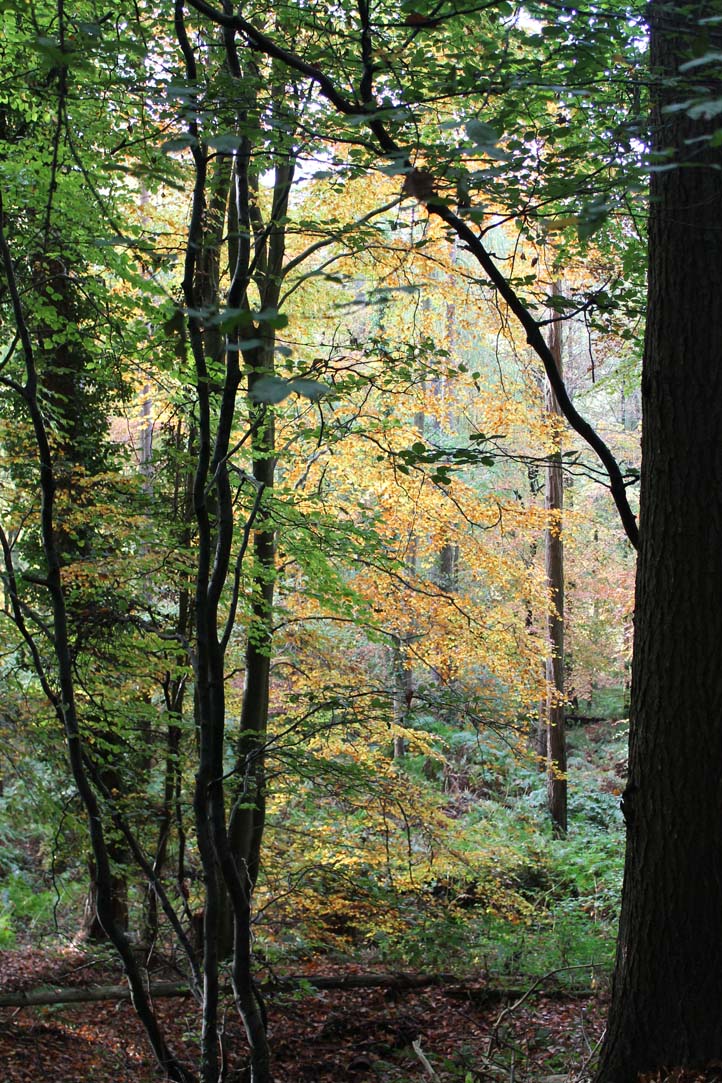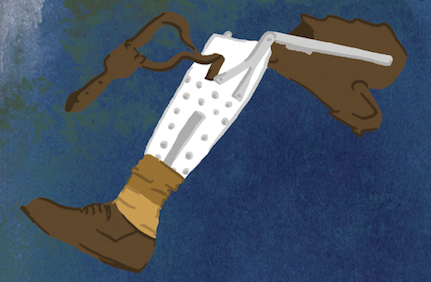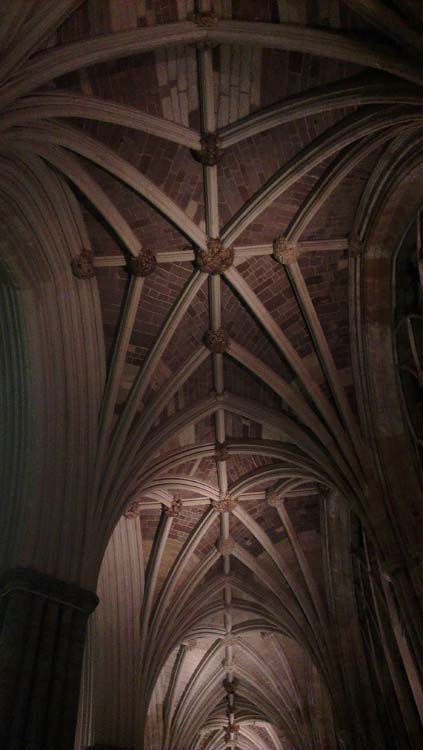 Last week, I went with one of my friends to a carol concert at the cathedral. The Christmas market was in full swing along the streets around the cathedral green. Everywhere was twinkling lights and the smell of mulled wine. Inside the cathedral the choir gathered on the platform at the front and, draped in Christmas lights, they filled the air with the wonderful sound of some of our most treasured Christmas music. There was plenty of John Rutter, a tear-jerking version of Little Donkey with backing by ukulele, a few classics for the audience to join in with (“Five gold rings!!!”) and a foot-stomping rendition of God Rest Ye Merry Gentlemen to send us off out into the night. As we shuffled down the aisles to go home I squeezed my eyes tight shut and prayed for a brief flurry of snow. There was little chance of that prayer being answered in this unseasonably warm December but I didn’t think there was any harm in asking. Never mind, it was still wonderful.
Last week, I went with one of my friends to a carol concert at the cathedral. The Christmas market was in full swing along the streets around the cathedral green. Everywhere was twinkling lights and the smell of mulled wine. Inside the cathedral the choir gathered on the platform at the front and, draped in Christmas lights, they filled the air with the wonderful sound of some of our most treasured Christmas music. There was plenty of John Rutter, a tear-jerking version of Little Donkey with backing by ukulele, a few classics for the audience to join in with (“Five gold rings!!!”) and a foot-stomping rendition of God Rest Ye Merry Gentlemen to send us off out into the night. As we shuffled down the aisles to go home I squeezed my eyes tight shut and prayed for a brief flurry of snow. There was little chance of that prayer being answered in this unseasonably warm December but I didn’t think there was any harm in asking. Never mind, it was still wonderful.
-
Recent Posts
Recent Comments
- Hannah on Bleurgh
- Sally Farrant on Bleurgh
- Hannah on Half term adventures
- Sally Farrant on Half term adventures
- Hannah on Where I Write
Hannah’s Instagram
Hannah’s Current Reading
Data from Goodreads

Shelley Read

Miya T. Beck


Black Liturgies: Prayers, Poems, and Meditations for Staying Human
Cole Arthur Riley

Archives
- April 2024
- February 2024
- December 2023
- October 2023
- September 2023
- August 2023
- July 2023
- June 2023
- March 2023
- February 2023
- January 2023
- November 2022
- October 2022
- September 2022
- July 2022
- May 2022
- March 2022
- February 2022
- January 2022
- December 2021
- November 2021
- October 2021
- September 2021
- August 2021
- July 2021
- June 2021
- May 2021
- April 2021
- March 2021
- February 2021
- January 2021
- December 2020
- November 2020
- October 2020
- September 2020
- August 2020
- July 2020
- June 2020
- May 2020
- April 2020
- March 2020
- February 2020
- January 2020
- December 2019
- November 2019
- October 2019
- September 2019
- August 2019
- July 2019
- June 2019
- May 2019
- April 2019
- March 2019
- February 2019
- January 2019
- December 2018
- November 2018
- October 2018
- September 2018
- August 2018
- July 2018
- June 2018
- May 2018
- April 2018
- March 2018
- February 2018
- January 2018
- December 2017
- November 2017
- October 2017
- September 2017
- August 2017
- July 2017
- June 2017
- May 2017
- April 2017
- March 2017
- February 2017
- January 2017
- December 2016
- November 2016
- October 2016
- September 2016
- August 2016
- July 2016
- June 2016
- May 2016
- April 2016
- March 2016
- February 2016
- January 2016
- December 2015
- November 2015
- October 2015
- September 2015
- August 2015
- July 2015
- June 2015
- May 2015
- April 2015
- March 2015
- February 2015
- January 2015
- December 2014
- November 2014
- October 2014
- September 2014
- August 2014
- July 2014
- June 2014
- May 2014
- April 2014
- March 2014
- February 2014
- January 2014
- December 2013
- November 2013
- October 2013
- September 2013
- August 2013
- July 2013
- June 2013
- May 2013
- April 2013
- March 2013
- February 2013
- January 2013
- December 2012
- November 2012
- October 2012
- September 2012
- August 2012
- July 2012
- June 2012
- May 2012
- April 2012
- March 2012
- February 2012
- January 2012
- December 2011
- November 2011
- October 2011
- September 2011
- August 2011
- July 2011
- June 2011
- May 2011
- April 2011

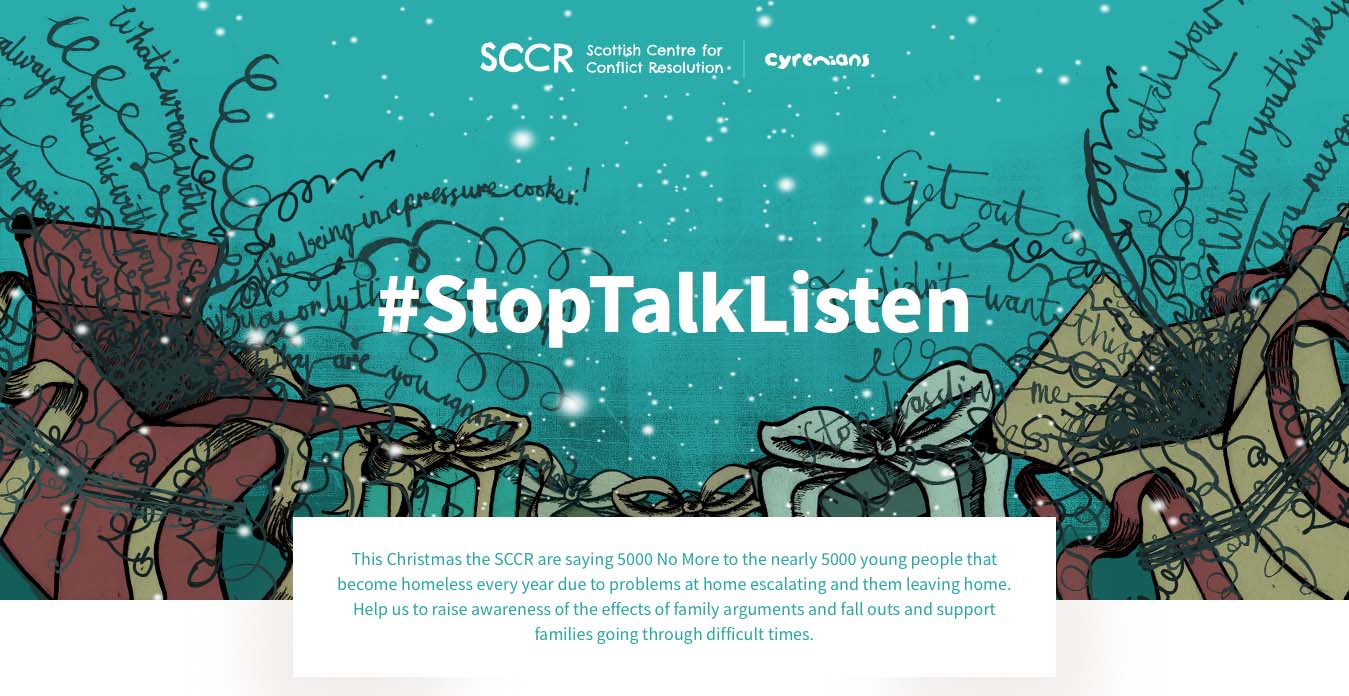



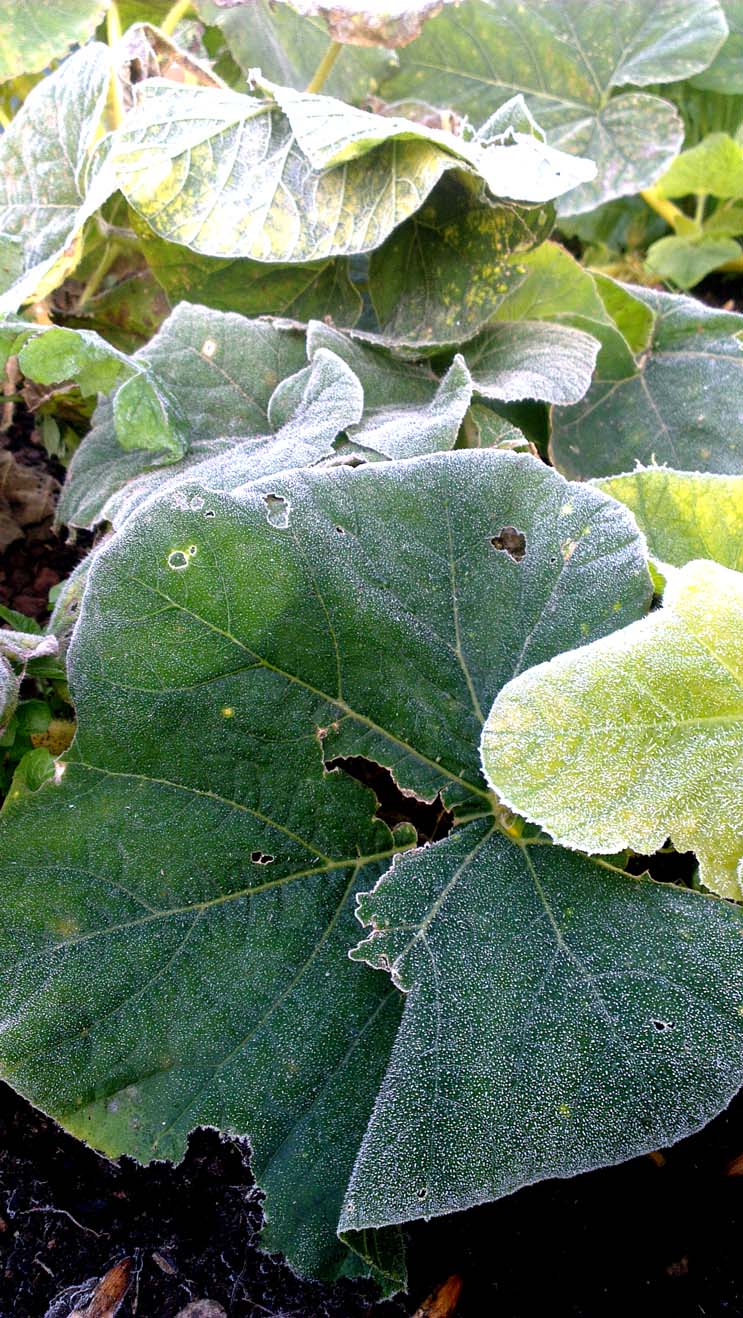

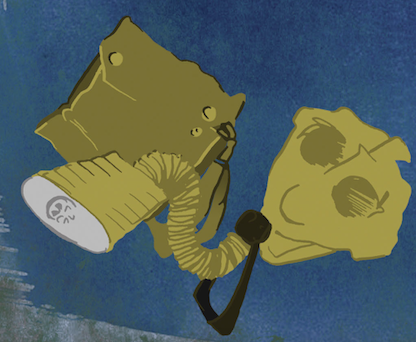
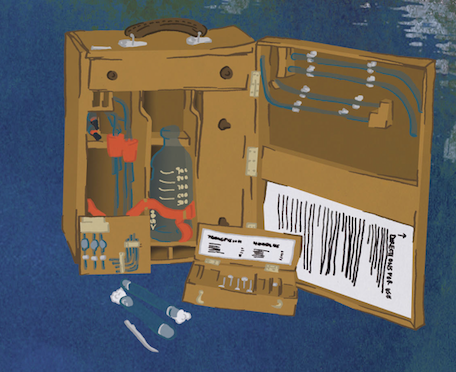 breast of this particular specimen. I was glad to see him because Grey wagtails are on the Amber List due to moderate declines in their numbers. They are badly affected by harsh winters so I think he’s chosen a good spot to weather out this year’s cold season. We are still slightly disoriented by how warm it is down here compared to Scotland, especially when we hear reports from our friends up there of snow and blackouts. They can take consolation from an old Borders saying that if the snow doesn’t come until after Christmas it’ll be here until Lambing. Hopefully, by appearing now the weather might be sharp but it’ll also be short. Here are a couple more spot illustrations from my recent WW1 commission from Centre of the Cell.
breast of this particular specimen. I was glad to see him because Grey wagtails are on the Amber List due to moderate declines in their numbers. They are badly affected by harsh winters so I think he’s chosen a good spot to weather out this year’s cold season. We are still slightly disoriented by how warm it is down here compared to Scotland, especially when we hear reports from our friends up there of snow and blackouts. They can take consolation from an old Borders saying that if the snow doesn’t come until after Christmas it’ll be here until Lambing. Hopefully, by appearing now the weather might be sharp but it’ll also be short. Here are a couple more spot illustrations from my recent WW1 commission from Centre of the Cell.